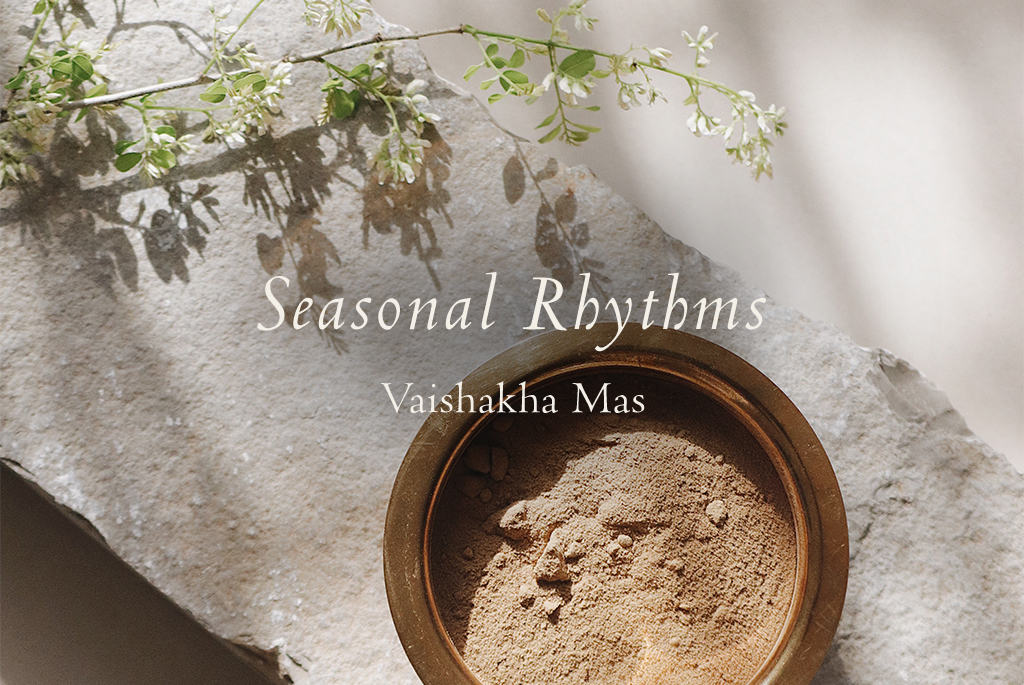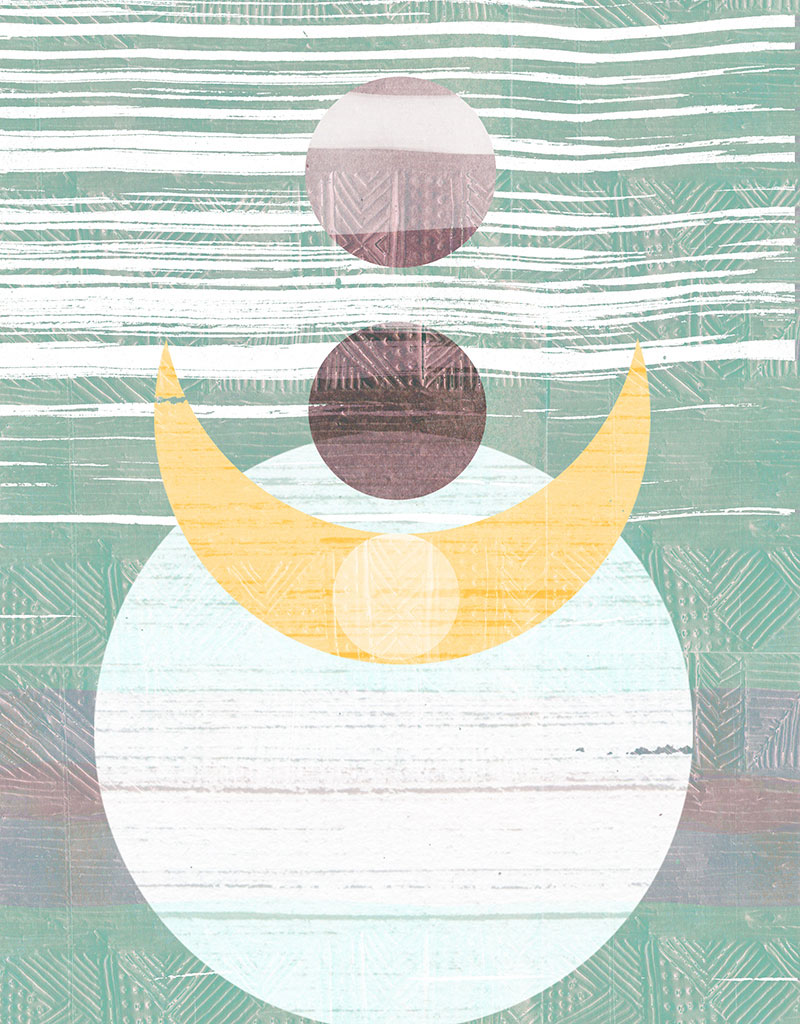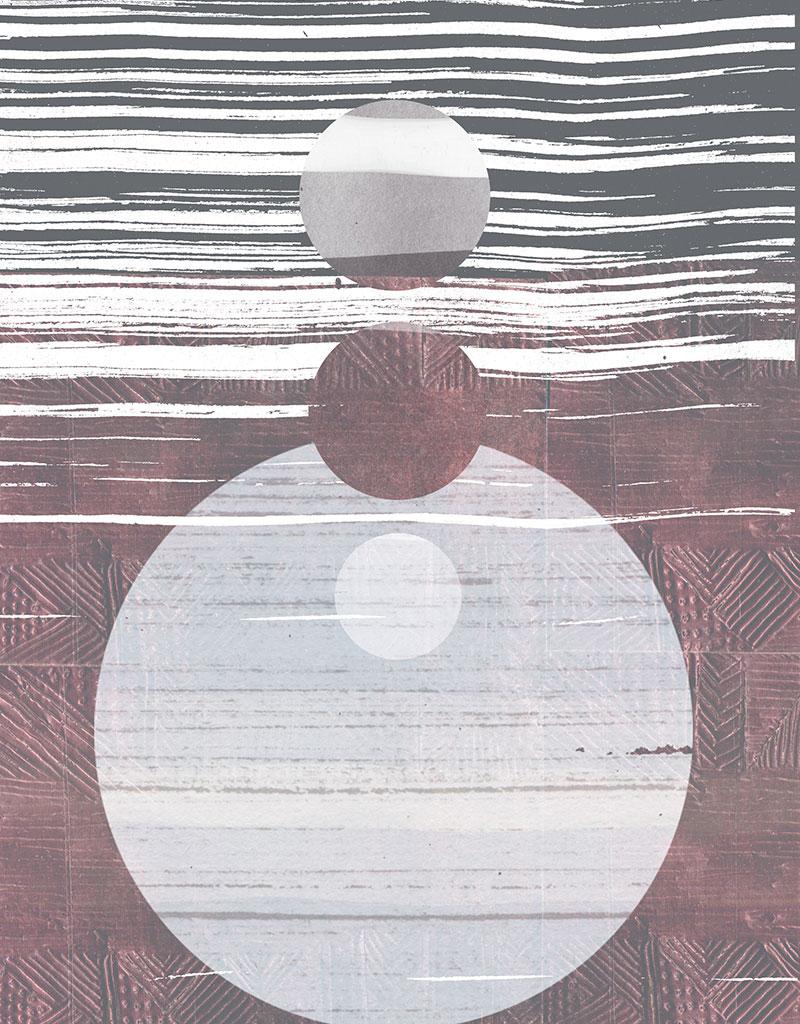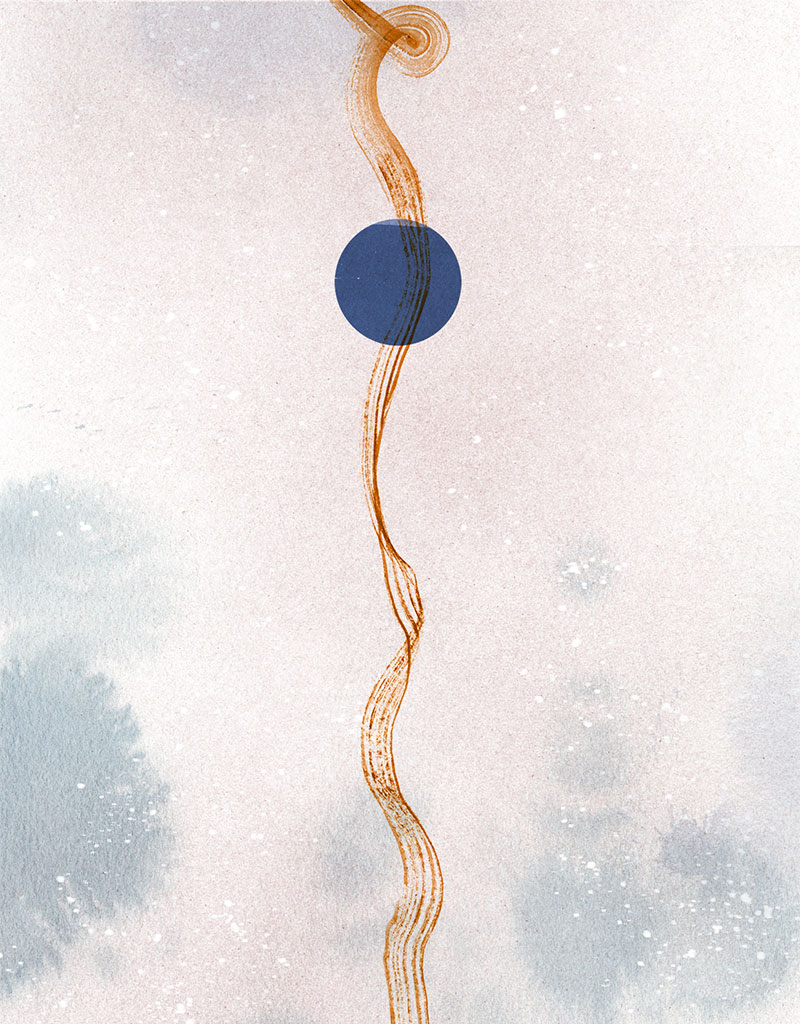Nilakshi Sharma

Vaishakha, the second month of Basant rtu is a time of beauty – a riot of flowers blooms, bird call fills the air, the tender leaves of trees murmur softly with the gentle spring breeze blowing through them, buzzing bees are busy collecting nectar and the sweetness of the first of the Mangoes delights our sense of taste.
While the beauty and delicate fragrance of flowers such as Madhumalati and Roses, of Petunias and Freesias scents the air, it is the trees that speak most eloquently of the peaking delight of Basant rtu. The delicate lilac blossoms of the Jacaranda tree compete with the flame-red blossoms of Gulmohar for attention. The tender reddish-green leaves of the Peepul tree now begin turning emerald green and the tender green Neem leaves are nestled within the profusion of Neem flower blossoms. But it will be the bright yellow blooms of Amaltas that will announce the zenith of Basant rtu before the blaze of summer arrives.
Basant rtu is the season of renewal and fresh starts. And in the month of Vaishakha Basant rtu delivers on its promise – giving us a time of beauty and delight and vibrant with the teeming potential of the rtu chakra that is unfurling.
Self Care Rituals
The spring thaw that began in the previous month now becomes a river in nature. And in our bodies the Kapha accumulation of winter is what we must pay attention to in our ritual of spring cleaning and self care. Apart from the characteristics of Basant rtu, Vaishakha mas also brings with it some of the qualities of the next season, especially in its last two weeks. With the deepening of Spring season our digestive fire is actually beginning to slow down in an inverse relation to the incremental increase of heat in nature. And as our Agni slows down, it becomes more difficult for the body to dispel excess Kapha accumulation, which it ideally needs to do before Grishma rtu.
It is good to recognise some of the signs of a Kapha imbalance in our mind and body – feeling excessively sleepy or a general sense of lethargy; a runny nose, colds, coughs, hay fever, a feeling of heaviness in the eyes, tightness in sinuses, poor digestions, a feeling of fullness in the tummy, stiffness in the joints among others. Some simple practices can be of immense help in supporting our body and ensuring that our digestive fire is nurtured and strong, thereby increasing our body’s immunity and wellbeing.
- Exercise: Moderate amounts of exercise that make us sweat are considered good at this time. The aim is to increase blood circulation, warm the tissues and engage one of the body’s most efficient filtration systems – sweating.
- Dry Powder Massage: This is one practice that can benefit your wellbeing and give you good skin because as per Ayurveda, “Dry powder massages are heating, stimulating, and dehydrating, making them beneficial for weak agni and excess Kapha.” They are also a good way to nudge your body’s drainage system. Practice a brisk dry powder massage using Triphala powder.
Instead of using Triphala powder for your dry body massage you can also make your own dry powder blend. Here is the Sivananda Centre’s recipe for a dry massage powder: 300g Chickpea flour + 2 Tbsp dried Basil + 2 Tbsp dried Sage + 1 Tbsp dried Neem leaf powder + 1 Tbsp Shallaki powder (optional) + 1 Tbsp Amlaki or Triphala powder + 2 Tbsp Rock Salt (finely ground). Mix well and store in a glass jar in a dry place away from light.
To practice: Ensure you are in a warm room rather than a cool one for the powder massage. Taking a handful of the powder massage your skin in brisk circular motions. Start with the feet and move upwards. Follow the massage with a steam bath if possible or else rinse the body with hot water. Do not use soap. Avoid washing your head and an air-conditioned or a very cool environment immediately after your massage and bath. Triphala powder is tridoshic and is suitable for all three doshas – Kapha, Vata and Pitta. The dry powder massage using Triphala can have an energising effect on the body. But please practice moderation. Once a week is good and please discontinue as the days get hotter. Not recommended during summer.
Caution: Please do not undertake a dry powder massage if you are pregnant or menstruating.
Food & Spices
As always what we eat impacts our health and is a delicious way to help our body remain healthy. At this time of the year Ayurveda recommends the following:
- Avoid eating heavy, oily, sour and sweet foods such as excessive dairy, meat, and fried foods.
- Eat foods that are pungent, bitter and astringent in taste.
- Eat light, easy to digest, naturally drying foods. Consume cooked seasonal vegetables and fresh fruits along with grains such as Millets and Barley.
- Drinking hot water can really help the body with the elimination of waste. While cold and iced beverages should be avoided.
- Spices: Turmeric, Dried Ginger powder, Black Pepper, Clove and Cardamom (Elaichi) are some of the highly recommended spices in this month. All of these encourage digestive fire. While Turmeric is astringent and has a drying effect that helps the body absorb and dispel excess liquid, the rest are all gently warming without aggravating Pitta dosha.
- Ginger Tea: Ginger has an unparalleled potential to encourage digestive ability. But since fresh Ginger can be very warming, Pitta prone people are advised to consume it in moderation. Steep a teaspoon of freshly grated Ginger in a cup of hot water for 3 to 5 minutes and then strain and enjoy as a powerful digestive drink. You can add Honey as a sweetener if desired. Ginger as a spice is cleansing and detoxifying for the body. It enhances digestion, kindles the appetite by strengthening our digestive fire, and can also increase the metabolism, which can lead to weight loss for many.
Seasonal Flavours: It is good to consume raw Mango or Kairi, which begins to become available at this time. It offers an excellent boost of vitamin C and vitamin B. These help with heart health, prevent dehydration by helping with sodium and other mineral imbalances in the body, stimulate the digestive system and help with constipation and liver health. One traditional and delicious way of including raw Mangoes in the diet is a chutney. Here is my favourite Kairi Chutney recipe:
1 raw Mango: peel and roughly chop the flesh + Coriander: Wash and roughly chop a handful of fresh Coriander leaves along with stems + Mint: Wash and roughly chop some Mint leaves + Juice of 1 Lemon + Green chillies, Rock Salt & Roasted Cumin seed powder as per taste and a generous pinch of Hing (Asafoetida).
Blend everything together, adding a little water if required. Refrigerate and enjoy.
Festivities of Vaishakha
Akshaya Tritiya, one of the most auspicious days of the year comes on May 10. It is also known as Akha Teej. This is a day which is thought to bring good luck and success for all – thus a good time to start new projects, work or even practices. Akshaya literally means 'that which never diminishes’. Thus, it is also considered an auspicious day for spiritual practices that will grow but not diminish. With the same sentiment it is also considered good to buy gold on this day.
Buddha Purnima arrives on May 23. This day is celebrated as both – the birth anniversary of Gautama Buddha and as the day on which he attained enlightenment in Bodh Gaya. With this beautiful Full Moon, the month of Vaishakha and Basant rtu both come to a close.
May the beauty of Buddha Purnima offer all of us radiant delight and wisdom.





